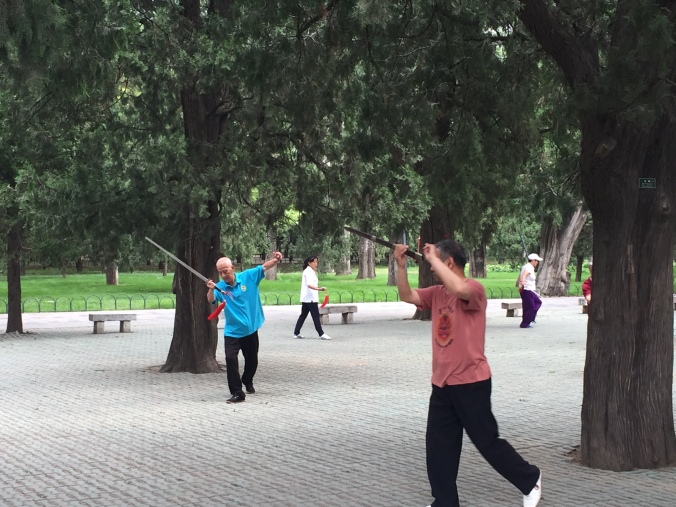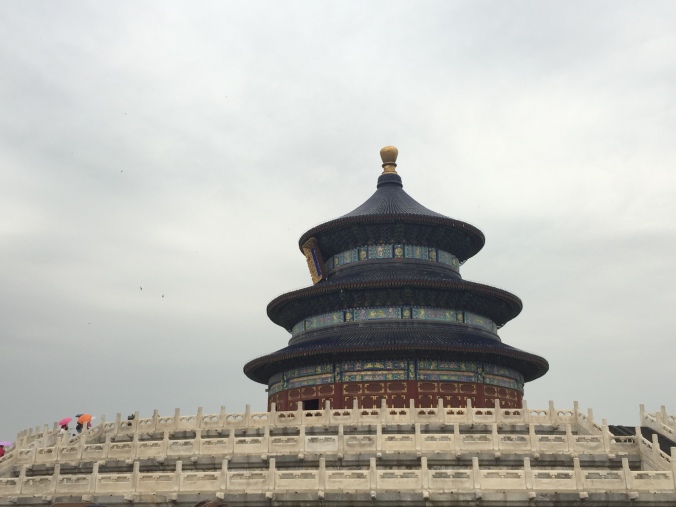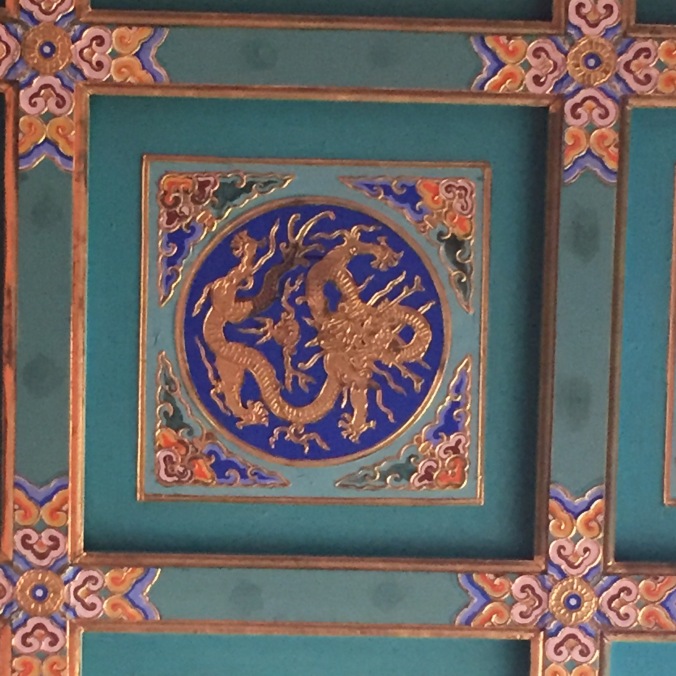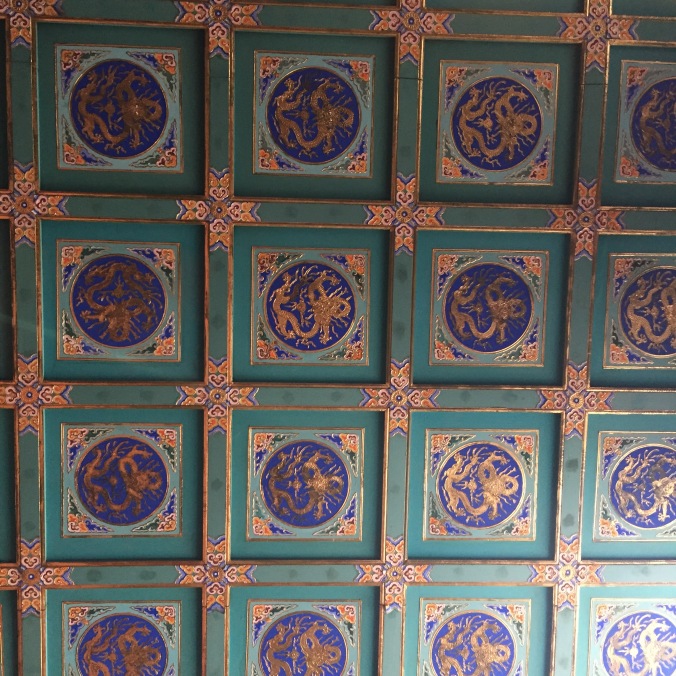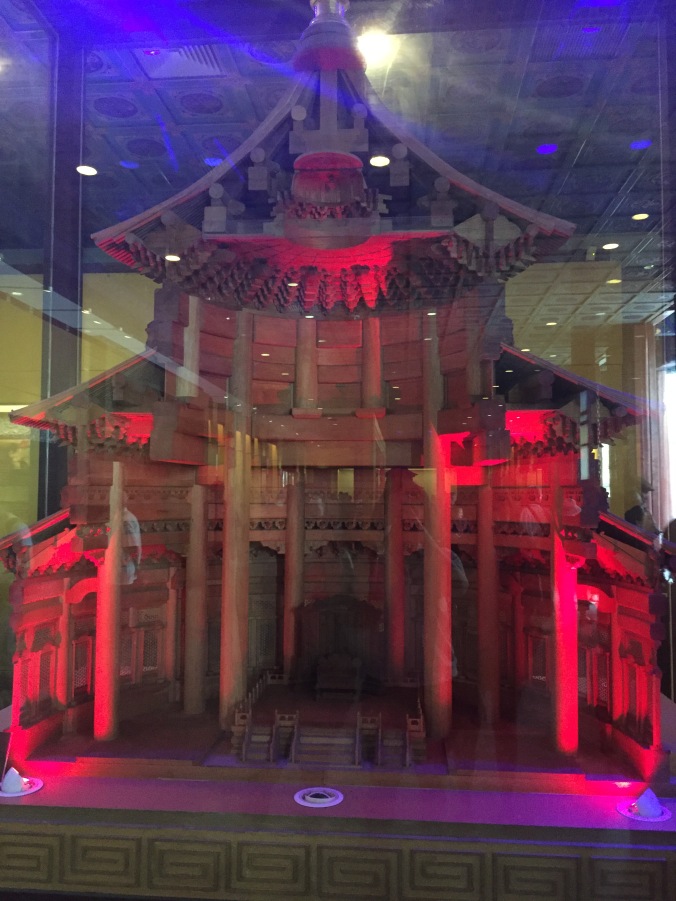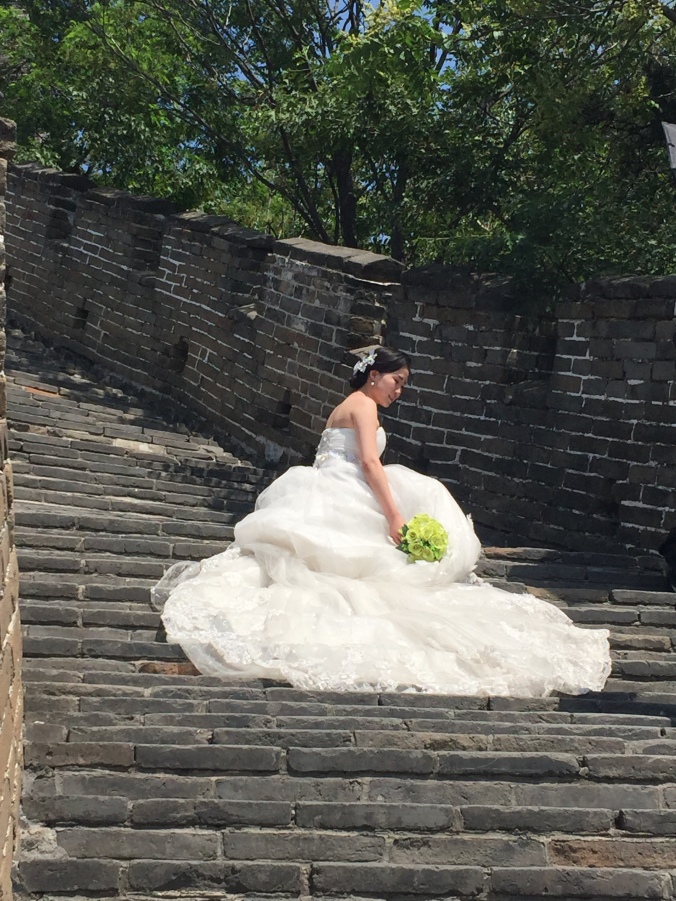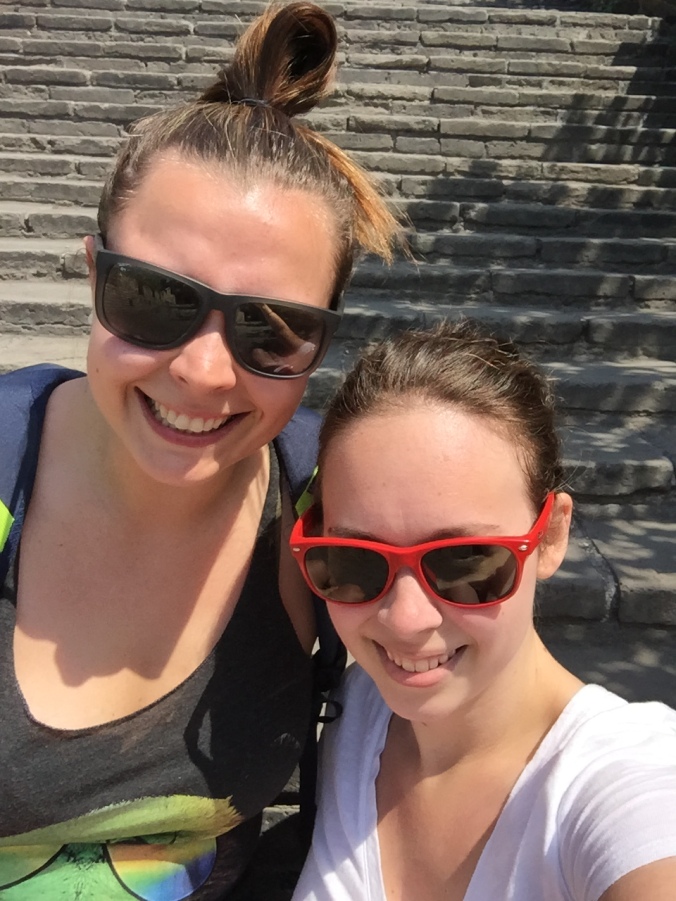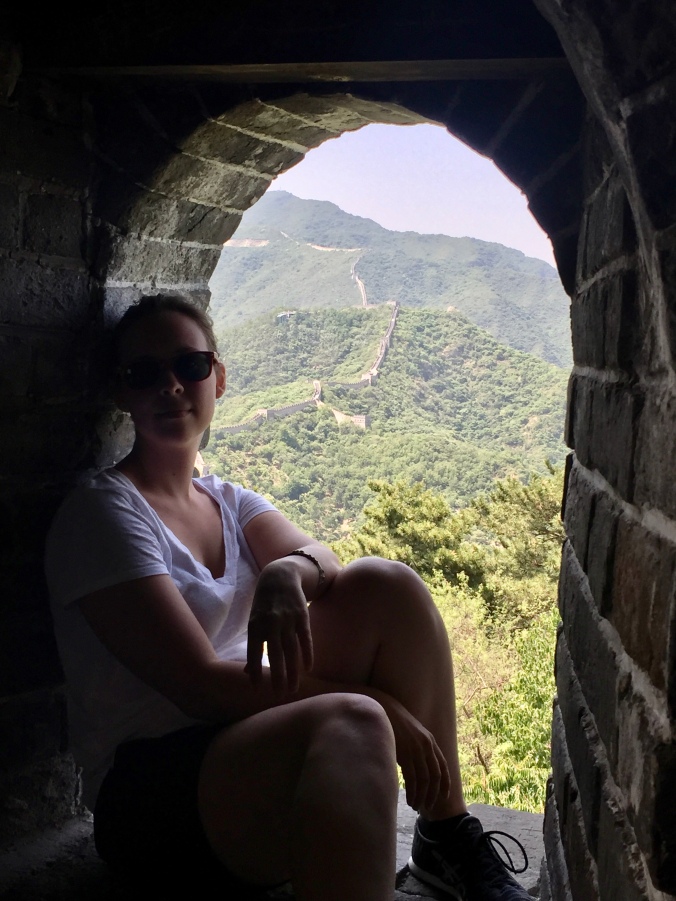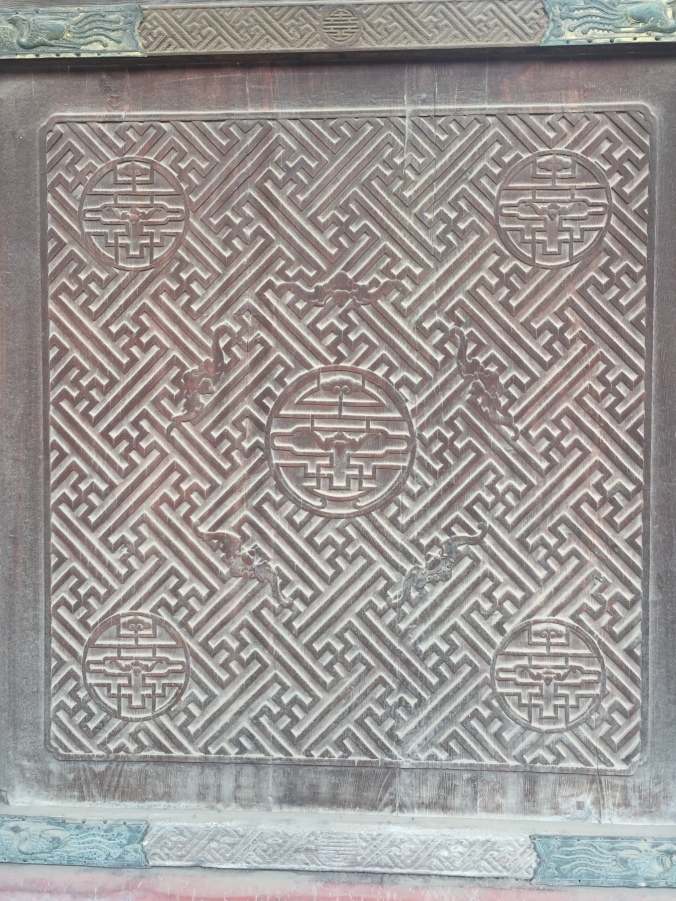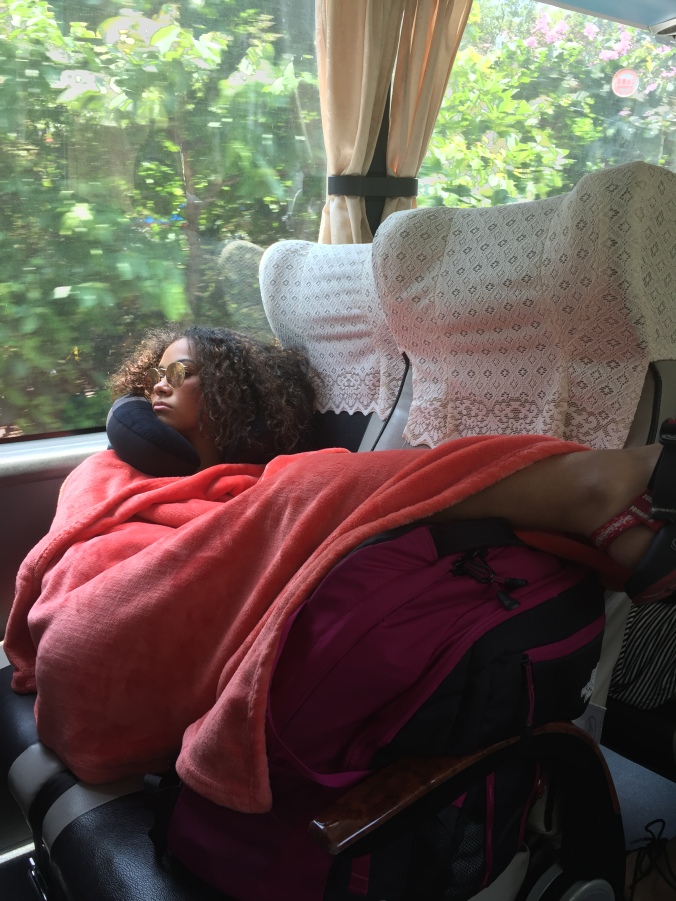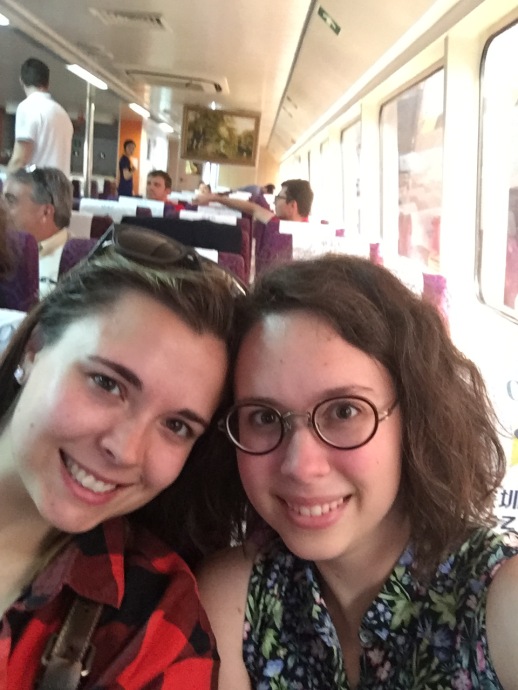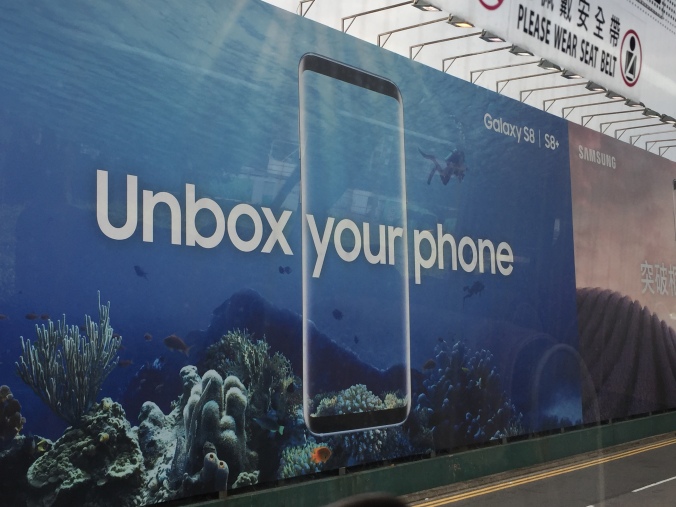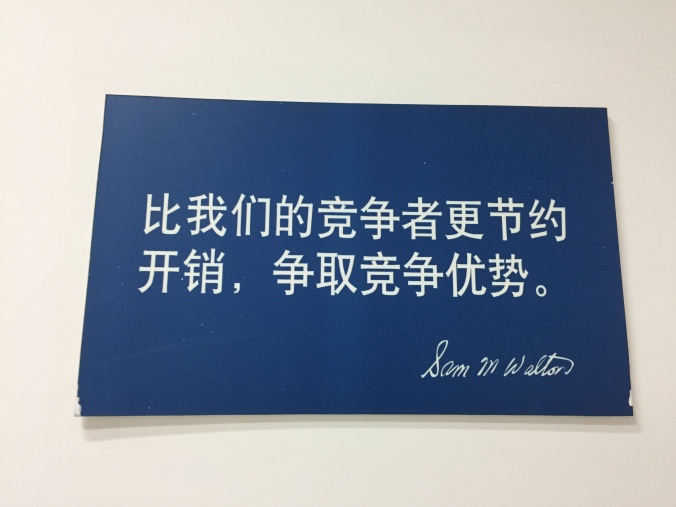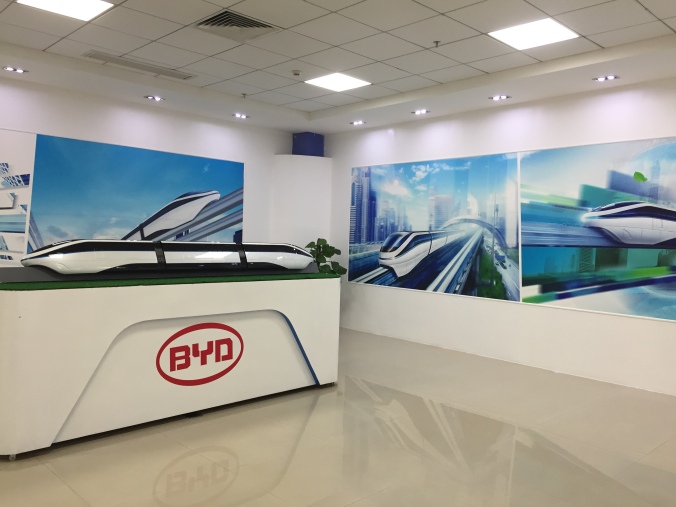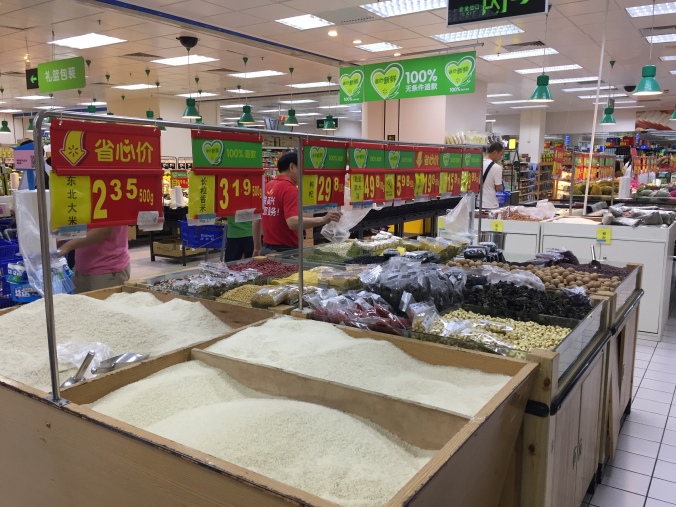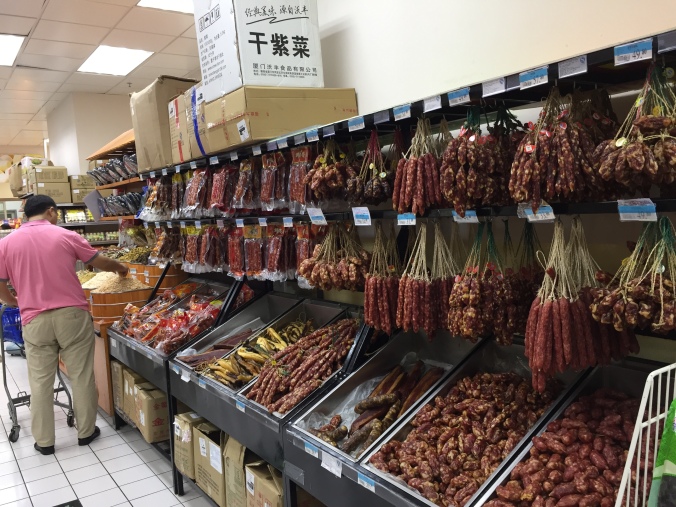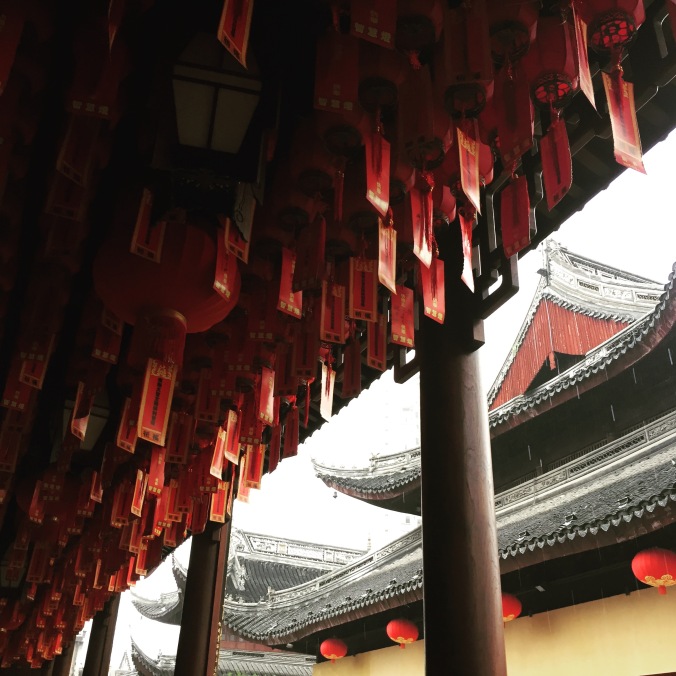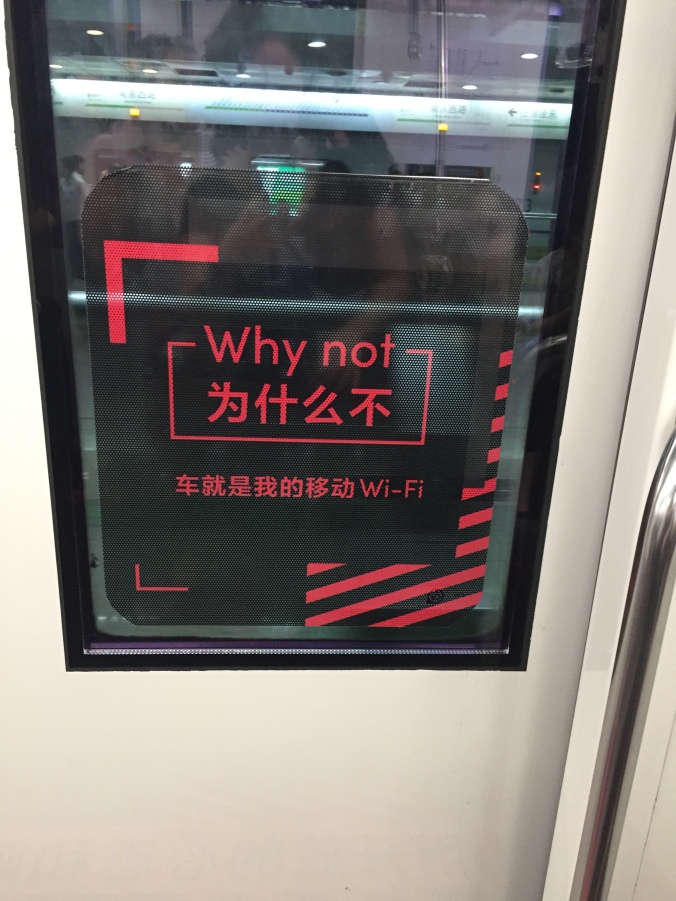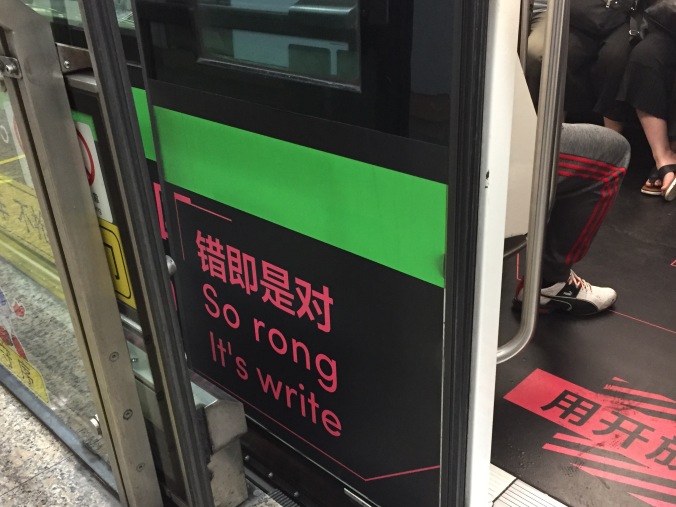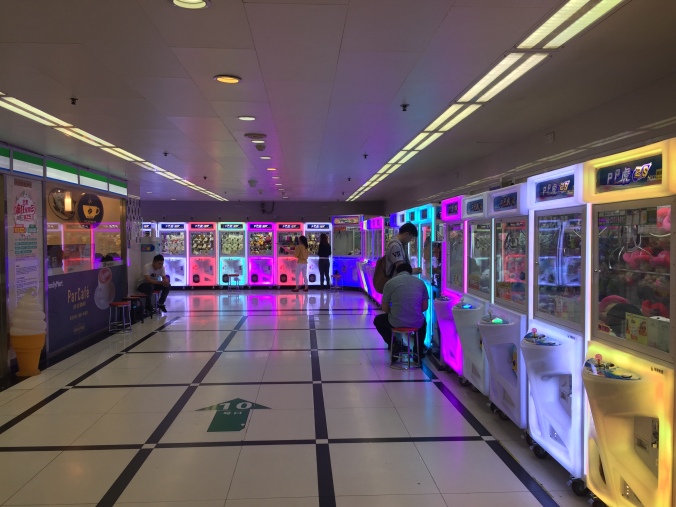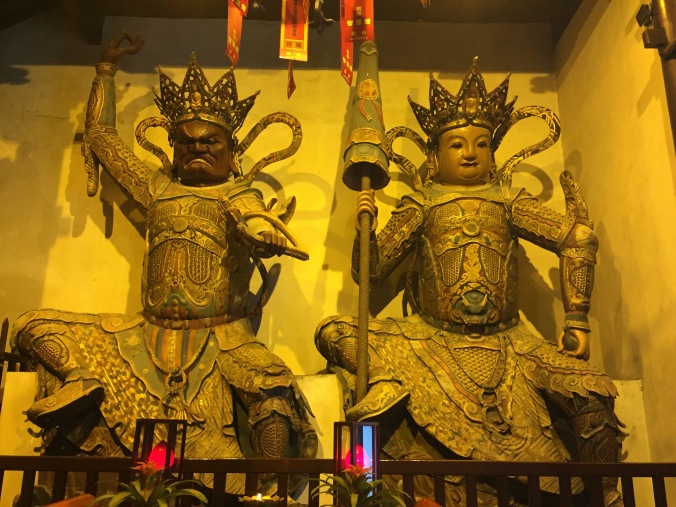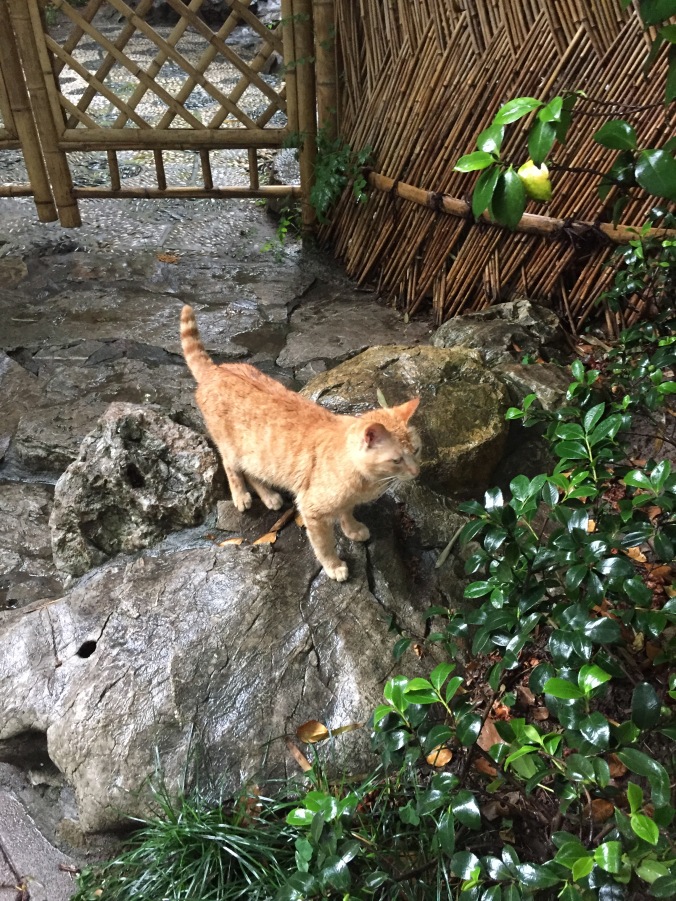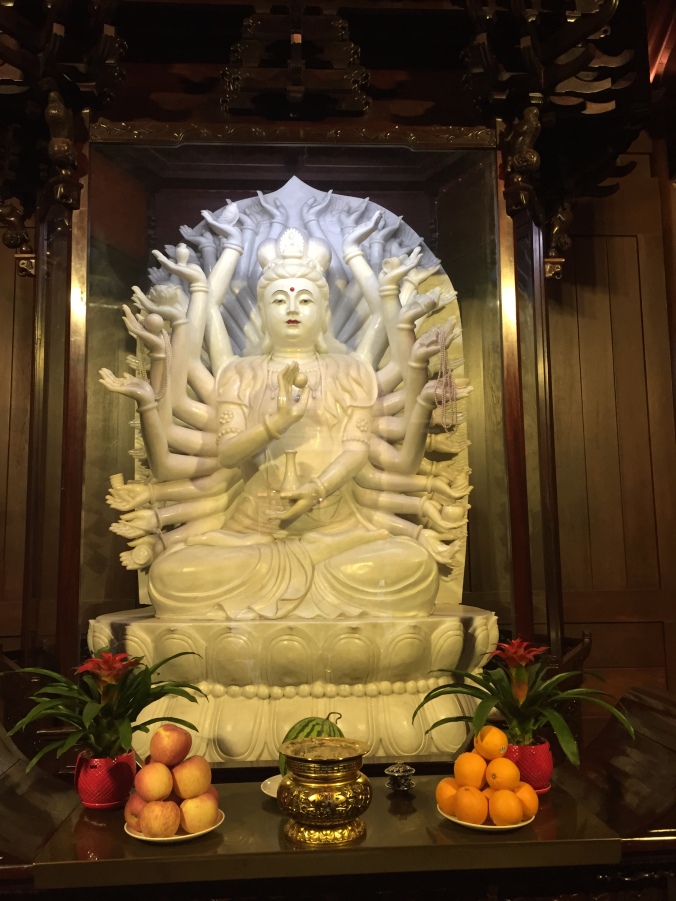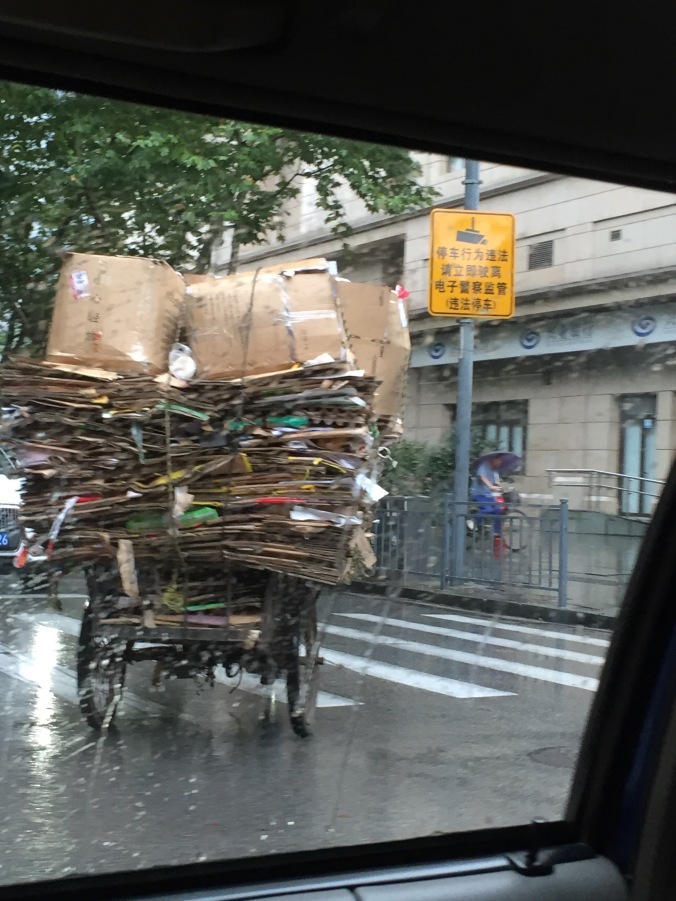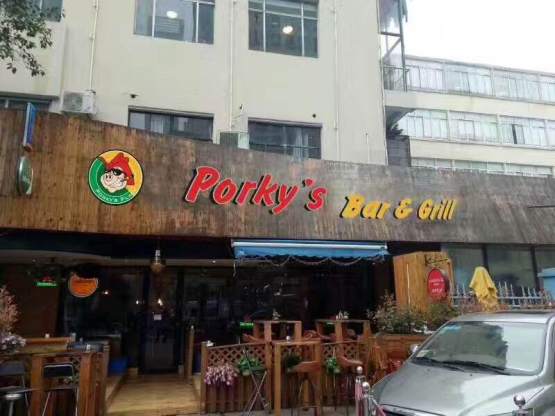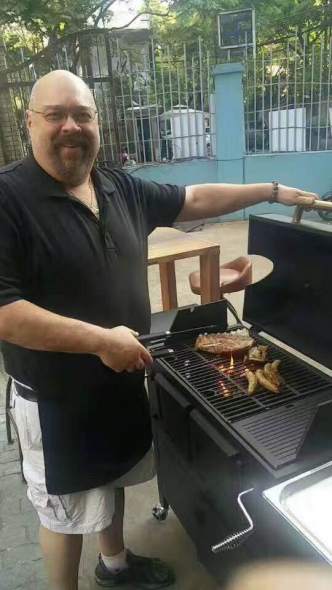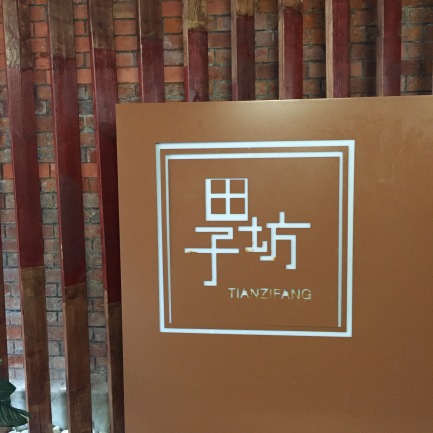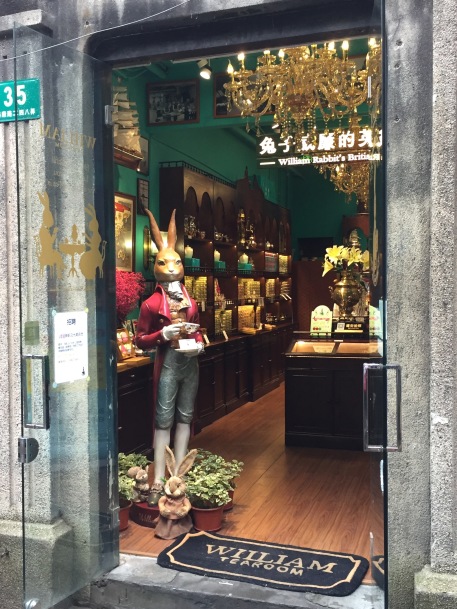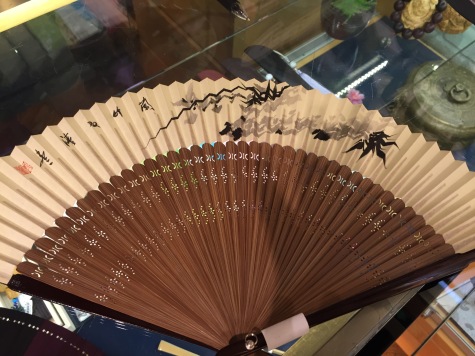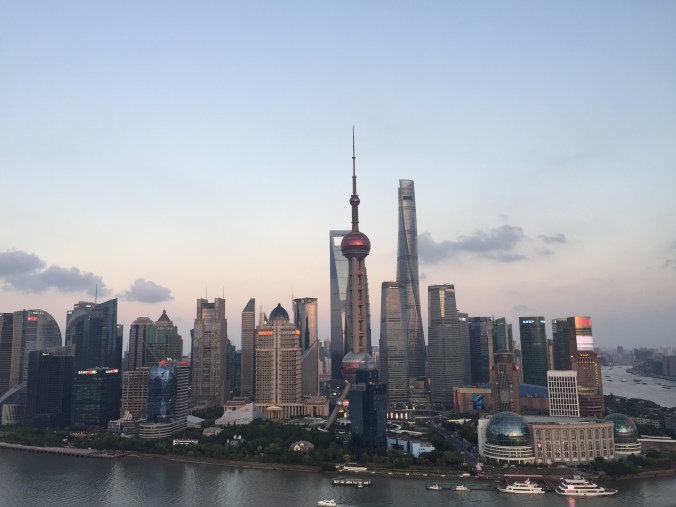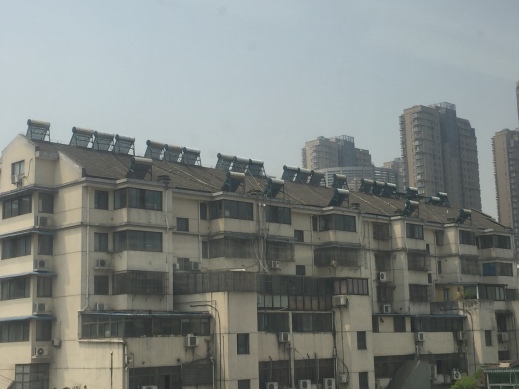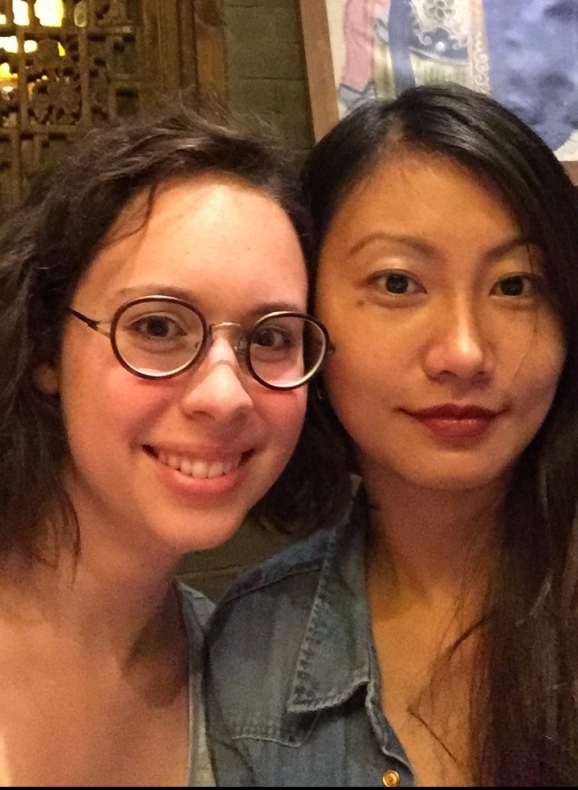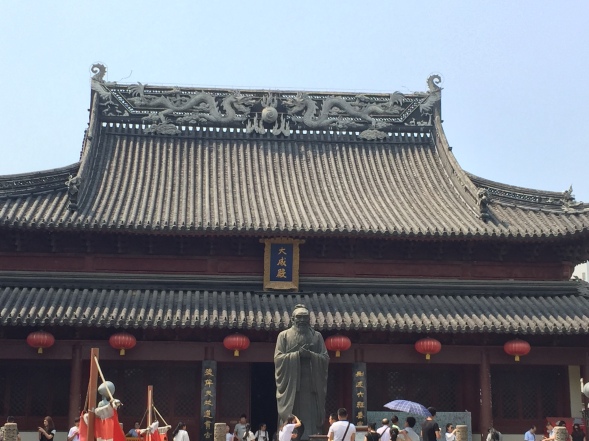On our first full day in Shanghai, we had our first tow business visits – Unilever and YTO Express. The Unilever offices are located in the west side of Shanghai and as we were on the bus to the offices our tour guide explained that the west of Shanghai is seen as superior to the east side of Shanghai. The reason being that the West Shanghai has thousands of years of history while East Shanghai is still relatively new (600 years) and is seen as where the nouveau riche live. Our tour guide even went as far as to say “better a bed in the west than a house in the east.” I found this distinction interesting because even with the rising middle class and the top 1% outstripping everyone else there is still the distinction between new and old money even if that new has 600 years of history.
The Unilever offices we visited were their insights lab, and they mean business. We started the visit with a presentation on Unilever’s growth in the Chinese market, even though currently they are going through a difficult economic period.

Photo credit: Brandon Rush
Afterward, they walked us through a typical day of one of their Chinese shoppers, and in doing so shared with us their vision for the future of retail. The tech they have already is amazing, but their future is moving towards the virtual. Currently, they have programs where when hooked up to an instrument it can track a viewer as they watch a commercial. It can track eye motion, heart rate, and they say even emotions like happiness, anger, etc. Another prototype they have tracks customers as they walk through a store. They have only had one trial run, but because the store had poor wifi the study was rather disappointing. But basically what it does is there is a camera placed in the ceiling and a pad on the floor that together can track where a customer looks, what items they touch, and can aggregate it throughout the day.
The pinnacle of the visit, however, was their virtual store.

Photo Credit: Anna Cunningham
After a free afternoon, we had our visit to YTO Express which is essentially the Chinese equivalent of FedEx. YTO has been growing rapidly in the last decade as e-commerce has boomed. We were given a tour of their sorting factory as things began to ramp up for the night shift. The facility is completely cross dock with trucks coming from various pickup locations the packages being sorted and then loaded onto trucks waiting inside the warehouse. Unfortunately, we were not allowed to take any photos inside the sorting facility.

The following morning we met with David Shen the VP of Strategic Sourcing at MacDonalds China.

He was quite knowledgeable about food safety in China, and how MacDonalds has had to change to improve the transparency in their supply chain when it comes to sourcing. One example he gave was the MacDonald’s french fry. When MacDonald’s first came to China they were importing their french fries but has since found a local supplier when their American source started using genetically modified potatoes.
Another topic Shen brought up was how MacDonald’s has had to modify its menu for Chinese tastes. In China beef is expensive so patties are smaller (to keep prices down), and chicken is super popular so the menu boasts several types of chicken sandwiches. This adaptation of the menu holds true for Walmart Global, as in India there is no beef on the menu, and in France you can get a sandwich on a baguette and I believe that it shows that the giant has learned to adapt. But in China, they face further battles.
The best analogy I can give is that many multinational companies feel like they have been told to go into a fight with one hand tied behind their back. The Chinese consumer wants and respects foreign brands, but the Beijing central government is also more strict with those multinational foreign companies, and any time there is a small breach of regulation it is brought to the media. Just in 2015, their french fry supplier in China was fined by the government for pollution downstream of their factories.



